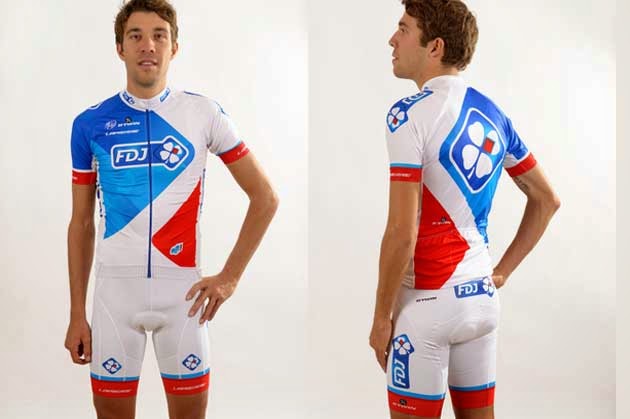When wool was king,
1908 Paris-Roubaix
Most of us have a favorite cycling jersey. The kind of jersey that is coveted and cherished. I'm referring to my 1984 Metauromobili Pinarello. To me, it closely resembles haute couture, handmade in Italy from 80 wool/20 acrylic, bold horizontal stripes and refine felt lettering. In the late 1800's, most cycling clothing was wool. It was scratchy and when it got soaked, well a soggy, saggy sock comes to mind. But it also kept the rider warm in wet conditions (Paris-Roubaix).
Armando Castelli introduced silk jerseys in the 1940's. Silk had the benefit over wool as lighter and cooler. Castelli was at the fore front to help racers go farther and faster. The great Fausto Coppi employed him as his personal tailor. Post WW2 chemists progressed cycling clothing with their inventions of polyester, nylon and spandex. These materials helped designers and manufacturers improved cycling clothing. DuPont combined polyester and elastic to produce Lycra. By the '70's, it wasn't only wool and silk jerseys anymore. Synthetic fabrics wicked even better than wool, lighter than silk and aerodynamically skin-tight.
I don't wear my Metauromobili wool/polyester jersey anymore. I find it on the tad heavy side and scratchy. Today's new merino wool jerseys are a vast improvement over it's wool blend cousins. On one side; lighter, superb wicking, comfortable fitting and non-scratchy is a huge advantage. On the other side; many current jerseys don't have the hallmarks of that knit picky time honored workmanship. I miss that.
What about design? That's in the eye of the beholder...





Comments